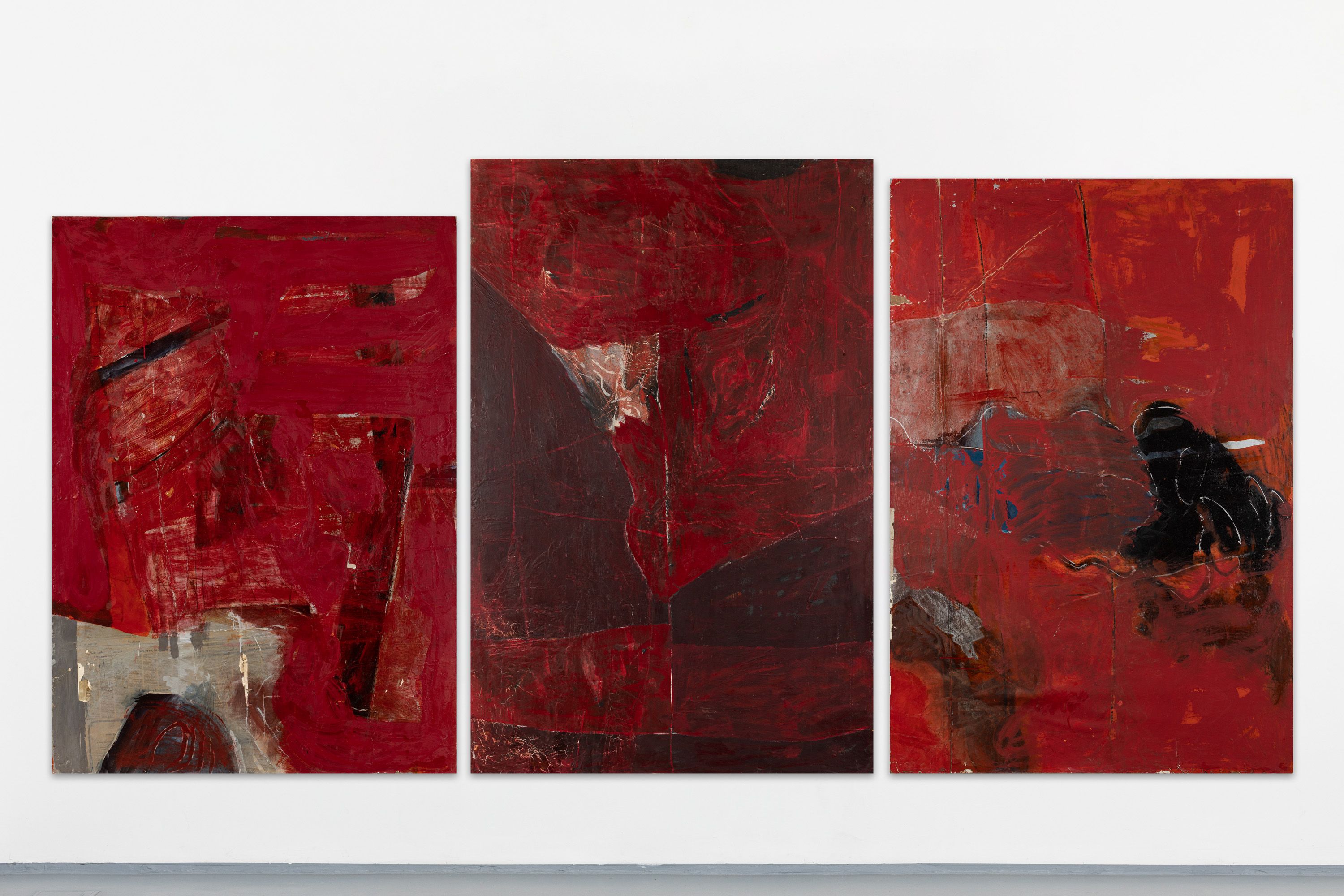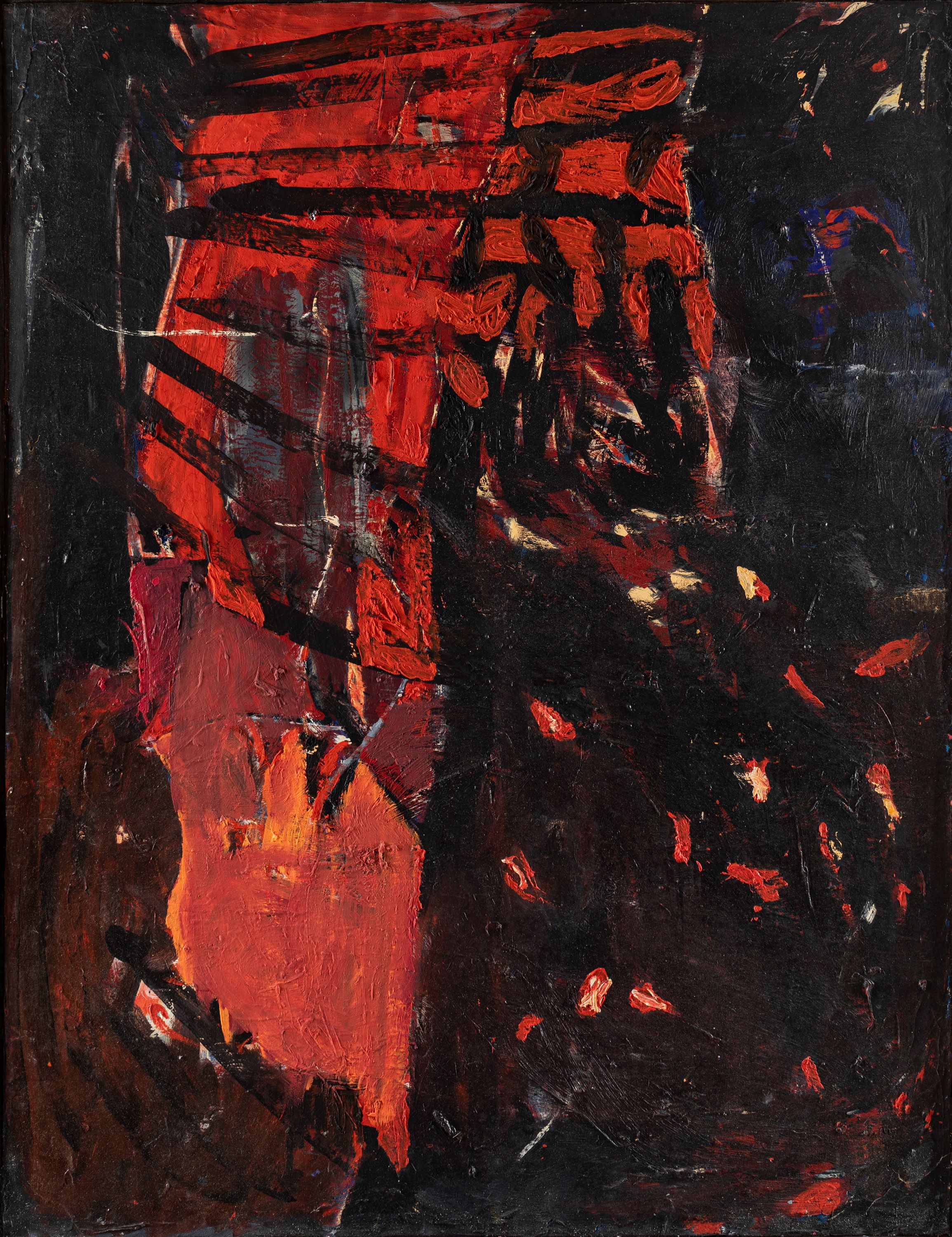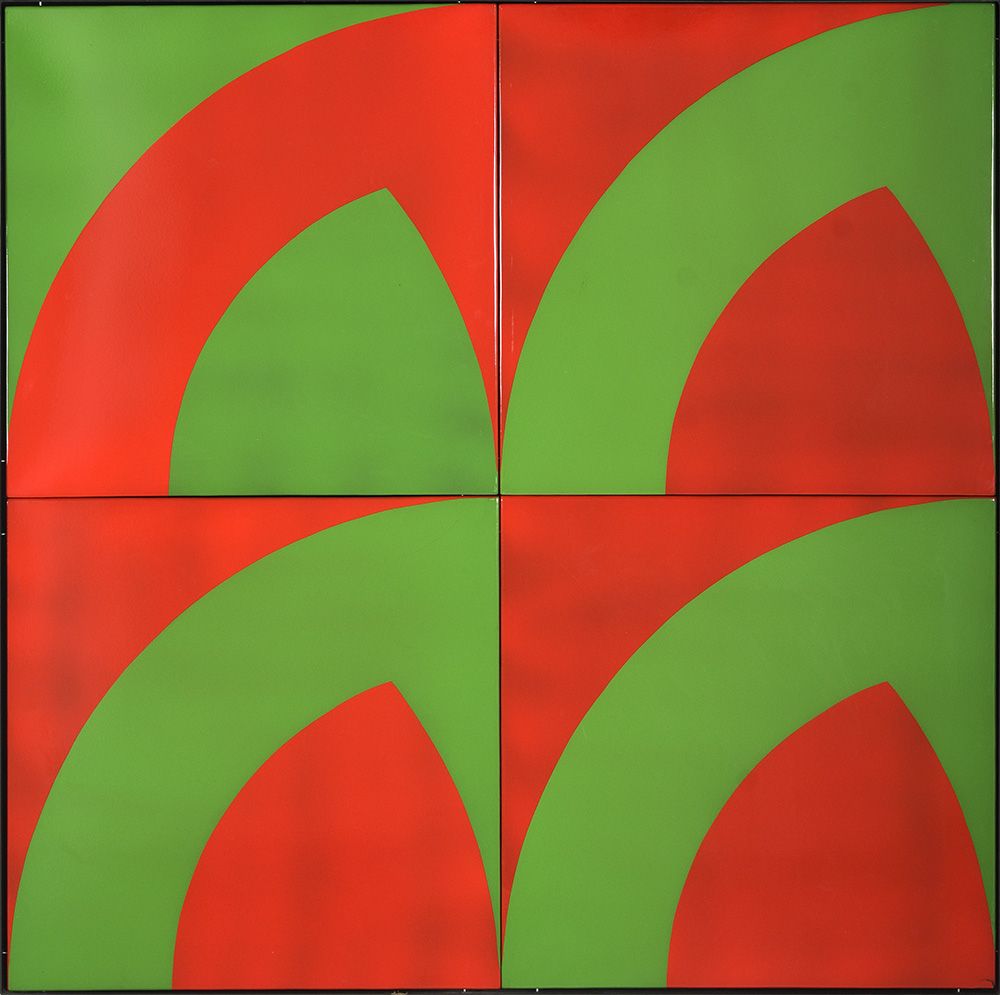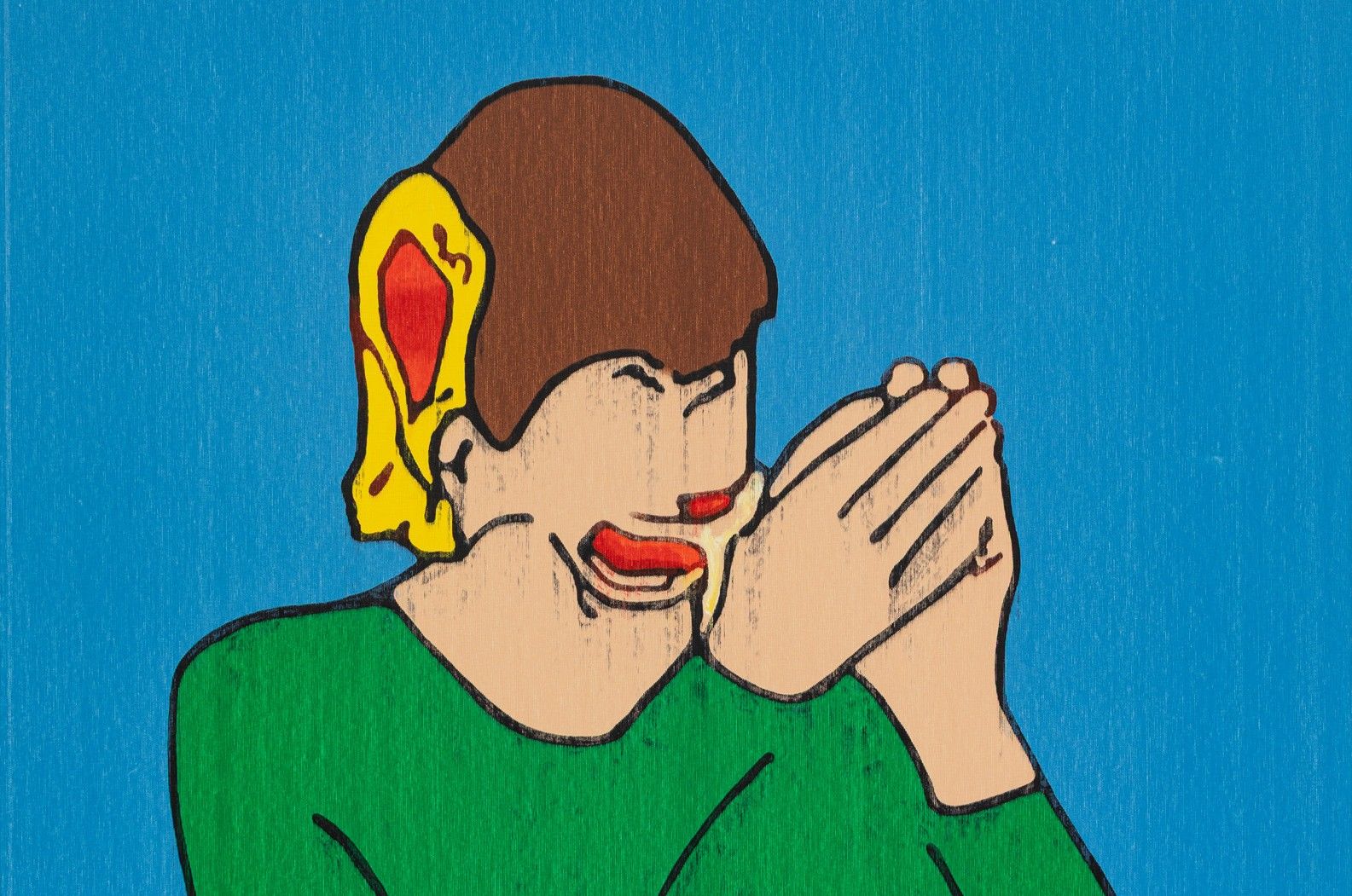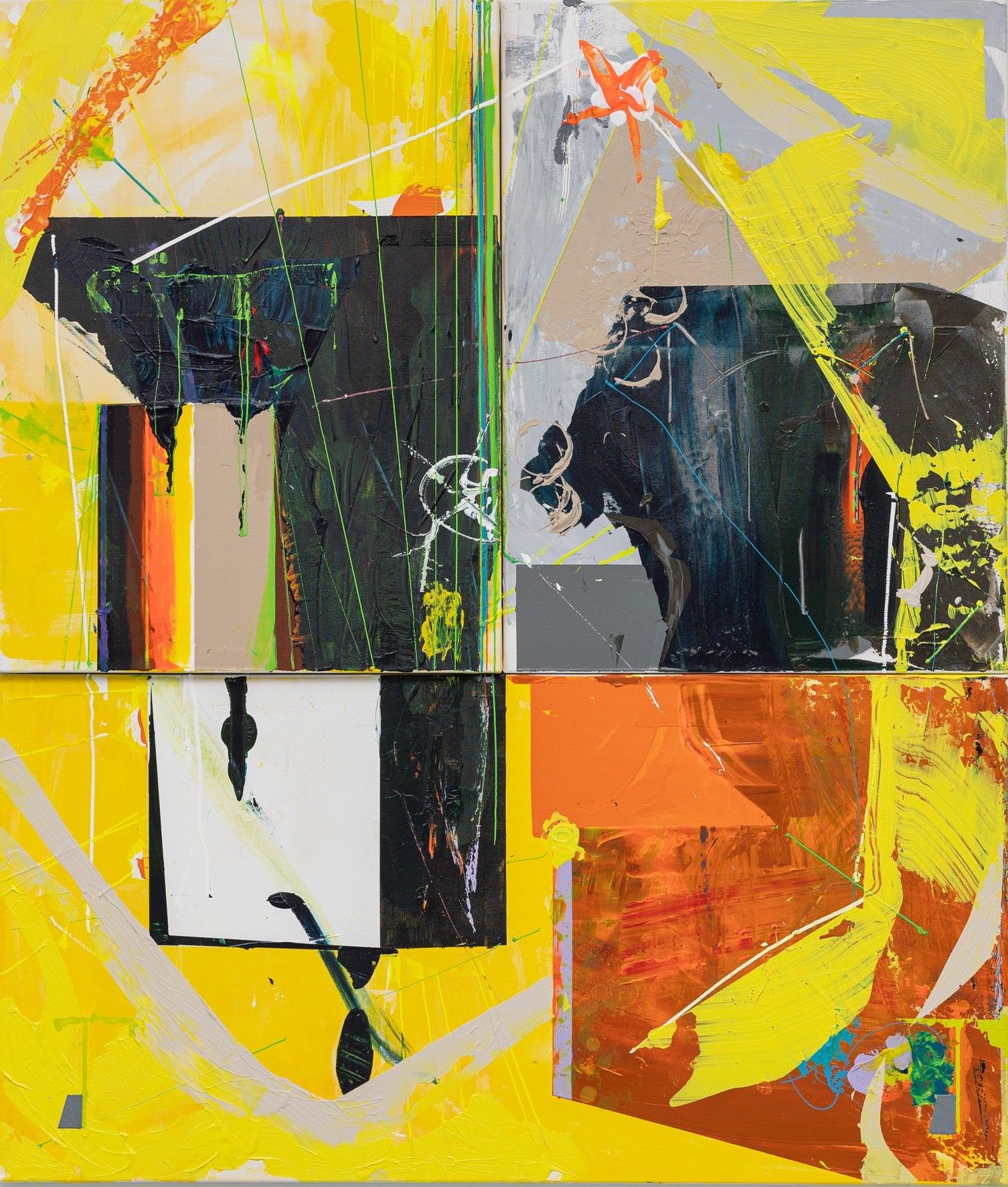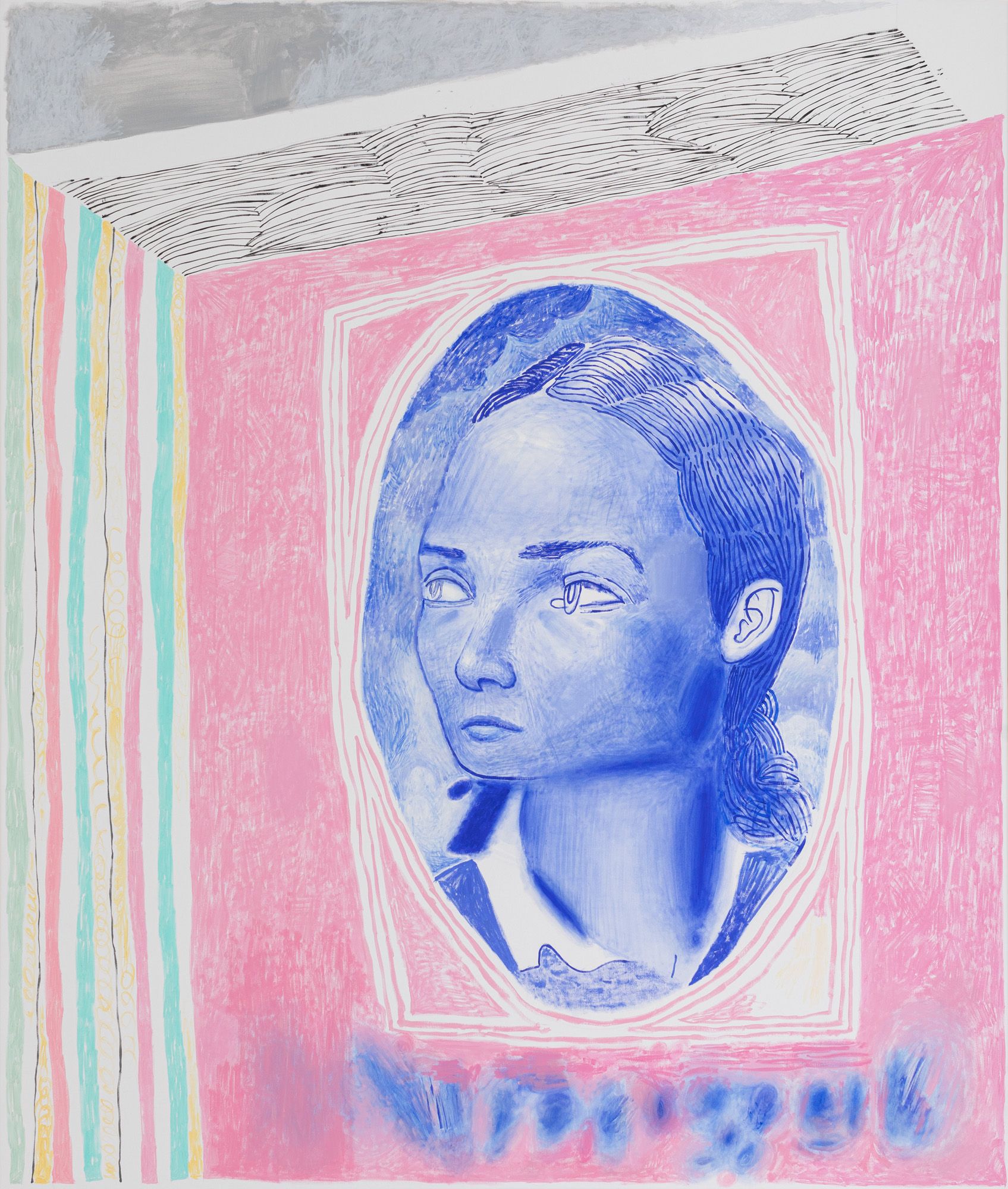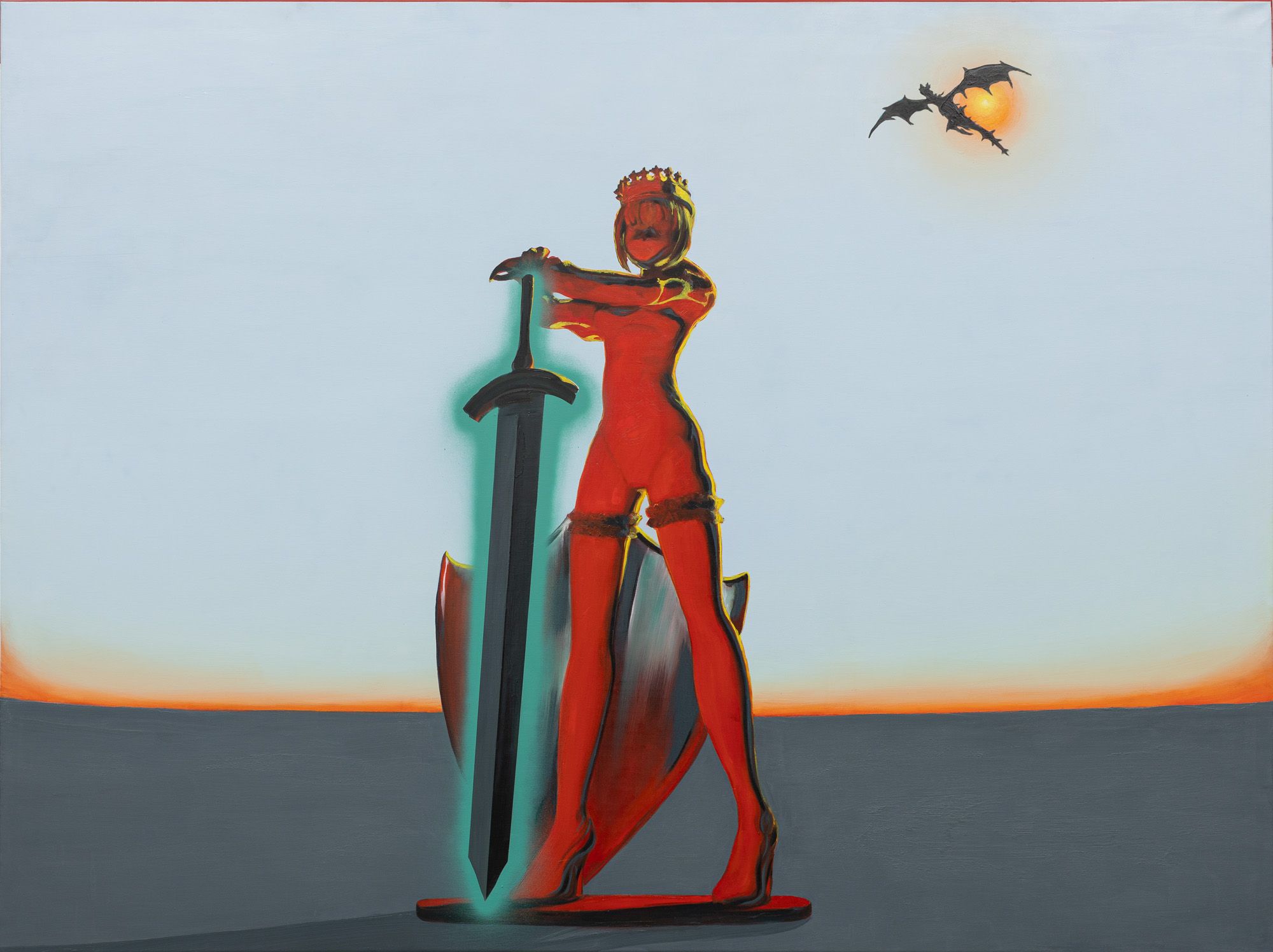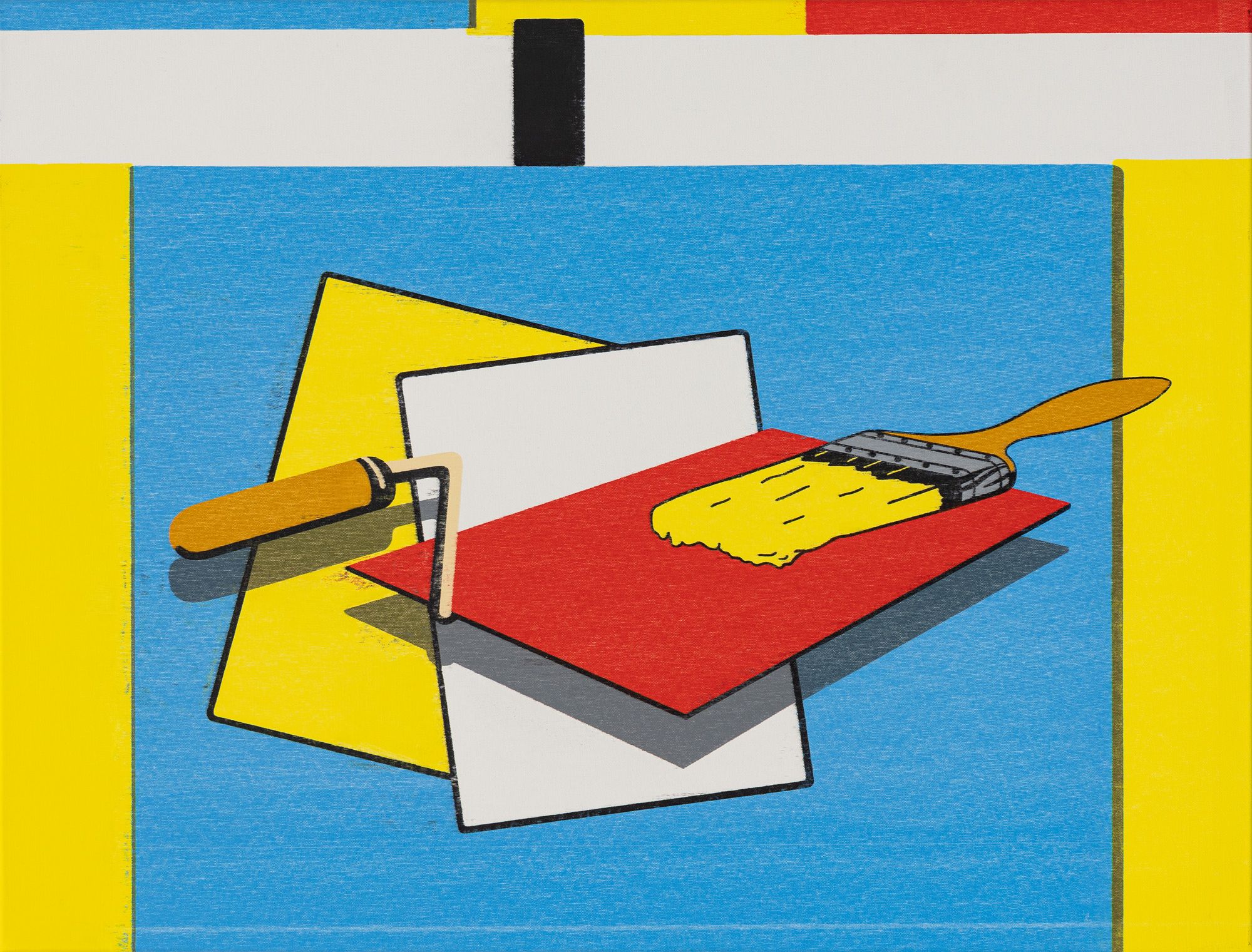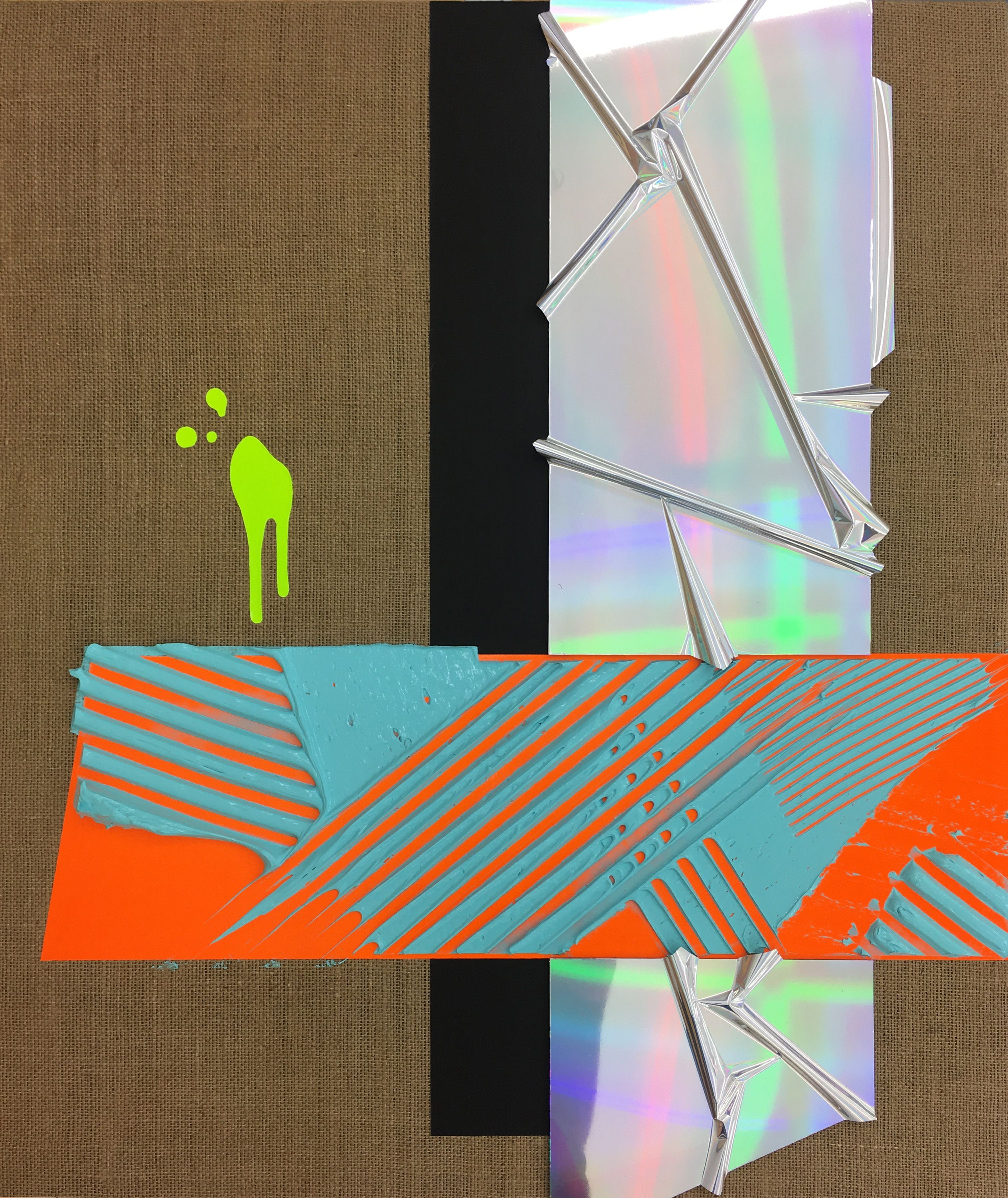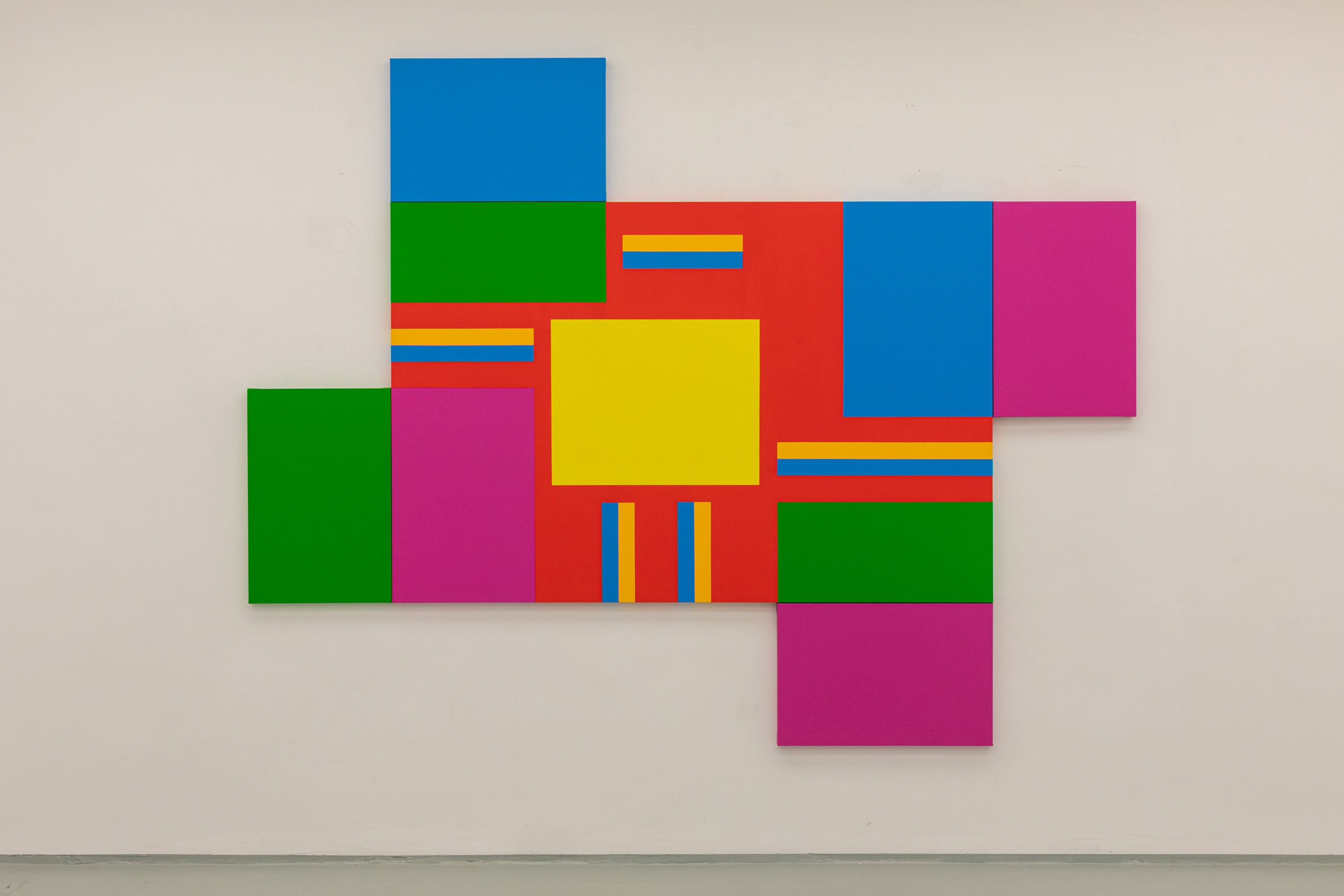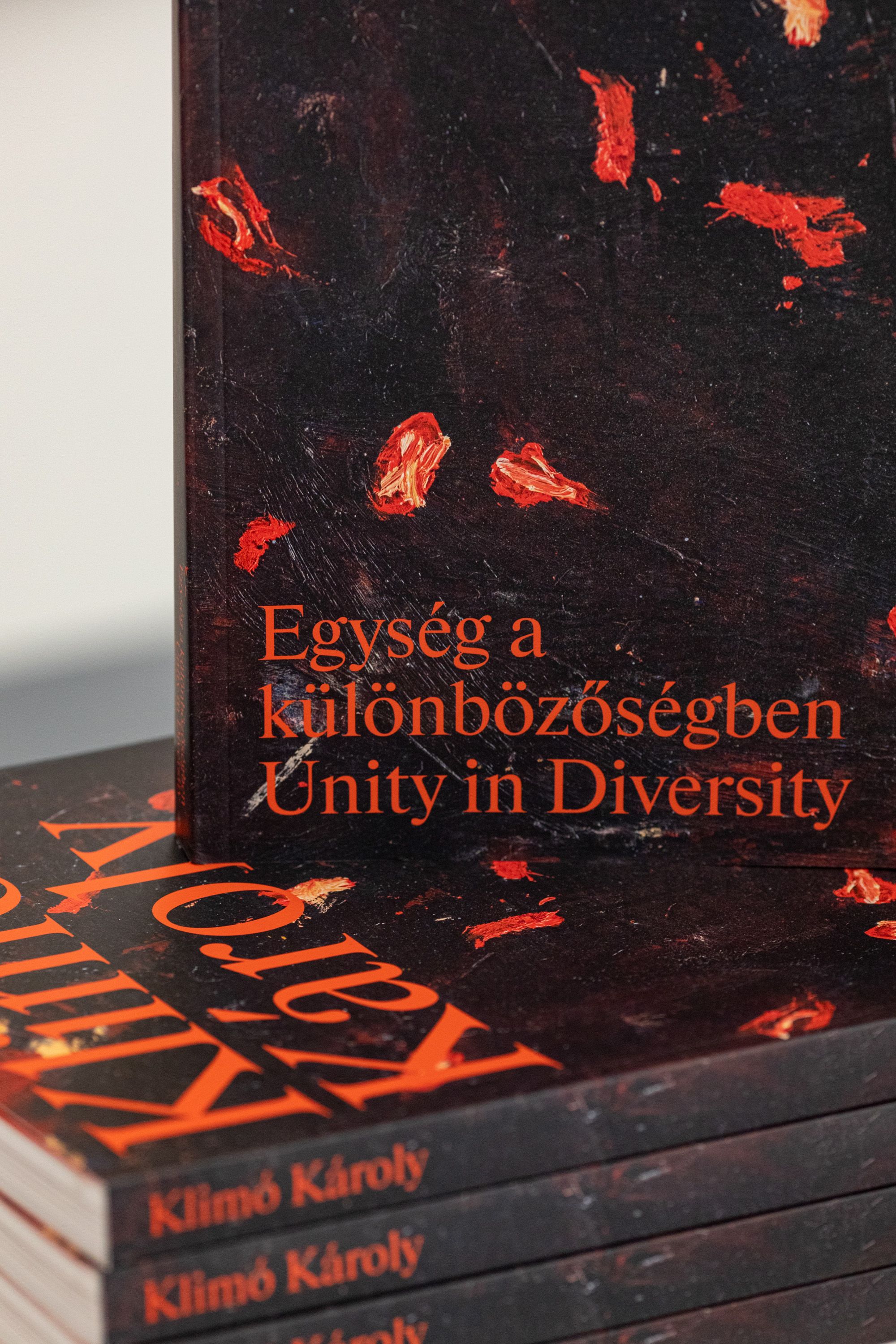Károly Klimó
About the artist
Károly Klimó (1936) went to high school in Kaposvár, where József Rippl-Rónai’s stepson, Dr. Róbert Martin helped him choose a career. Klimó graduated as a student of Aurél Bernáth from the Hungarian Academy of Fine Arts in 1962. From 1971 on he taught at the University: until 1990 as the senior professor of the evening course, and between 1990-2005 he was head of the painting department. Since the seventies, Klimó has been actively exhibiting both in Hungary and abroad, especially in Germany and Austria, while in 1980, he participated in the Venice Biennale. In the 1970s he spent the summers at the Szentendre Art Colony. During this period, the influence of the traditional training at the Academy was replaced by experimentation with non-figurative and informel painting based on painterly gesture. The shift was also inspired by the work of the creators of the European School, several of whom Klimó maintained a personal relationship with. In the 1980s he became a regular participant in the New Sensitivity exhibitions. As a colorist, he occupies a special place in Hungarian art: he uses typical deep colors such as red, black, gold, deep blue, and various shades of yellow, while his ‘tortured’ surfaces testify to his attachment to existentialist thinking. Literature and philosophy play a particularly important role in his career. He works on canvas and paper, creates collages and montages, assemblages as well as book illustrations. The influence of Far Eastern calligraphy has been incorporated into his works since the 1990s. In the 1980s and 1990s, Károly Klimó became a frequent figure in the international art scene in both Western Europe and the United States. His work has been honored with numerous domestic and international awards, among which the prestigious Herder Award stands out (2005).
